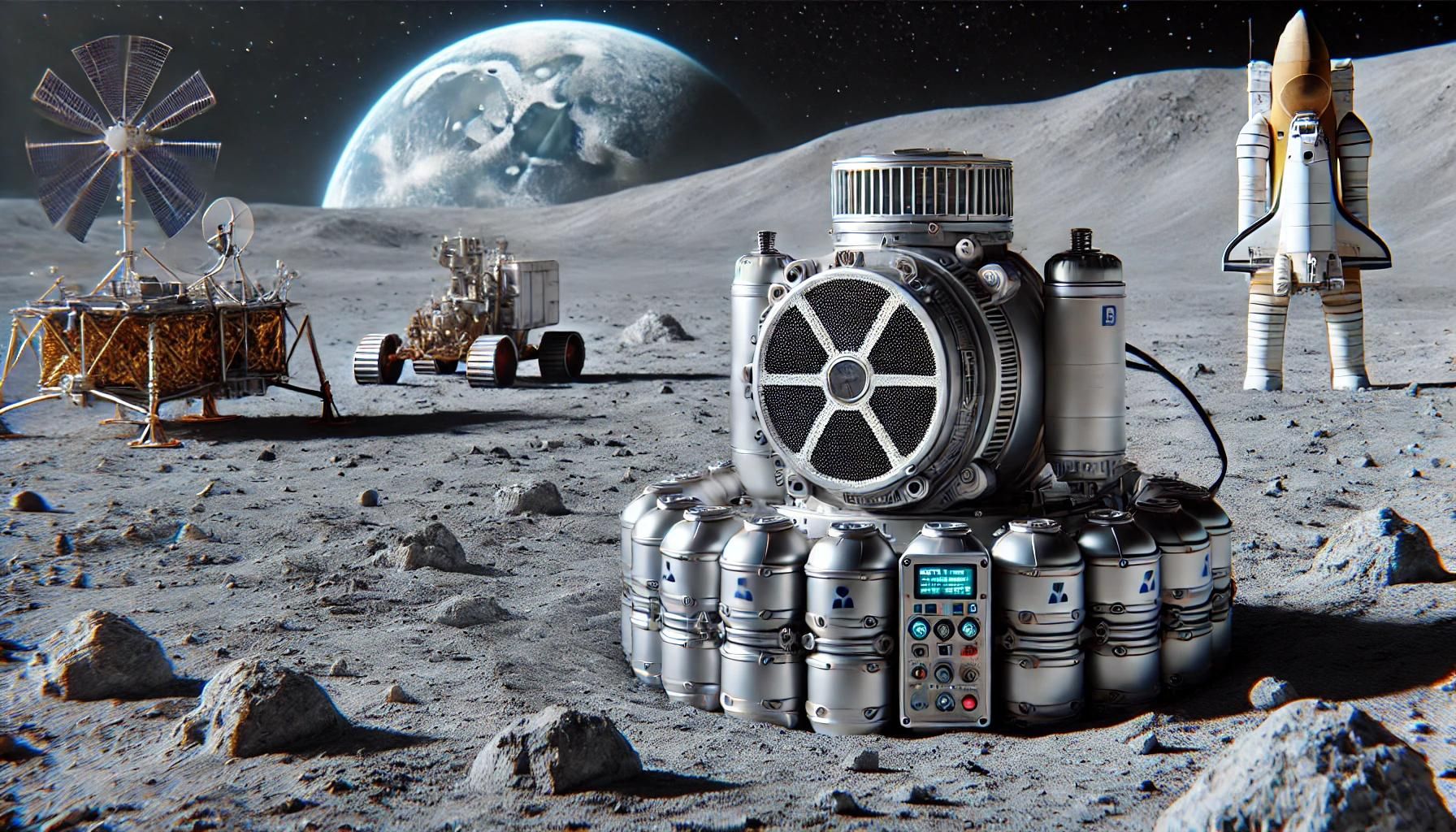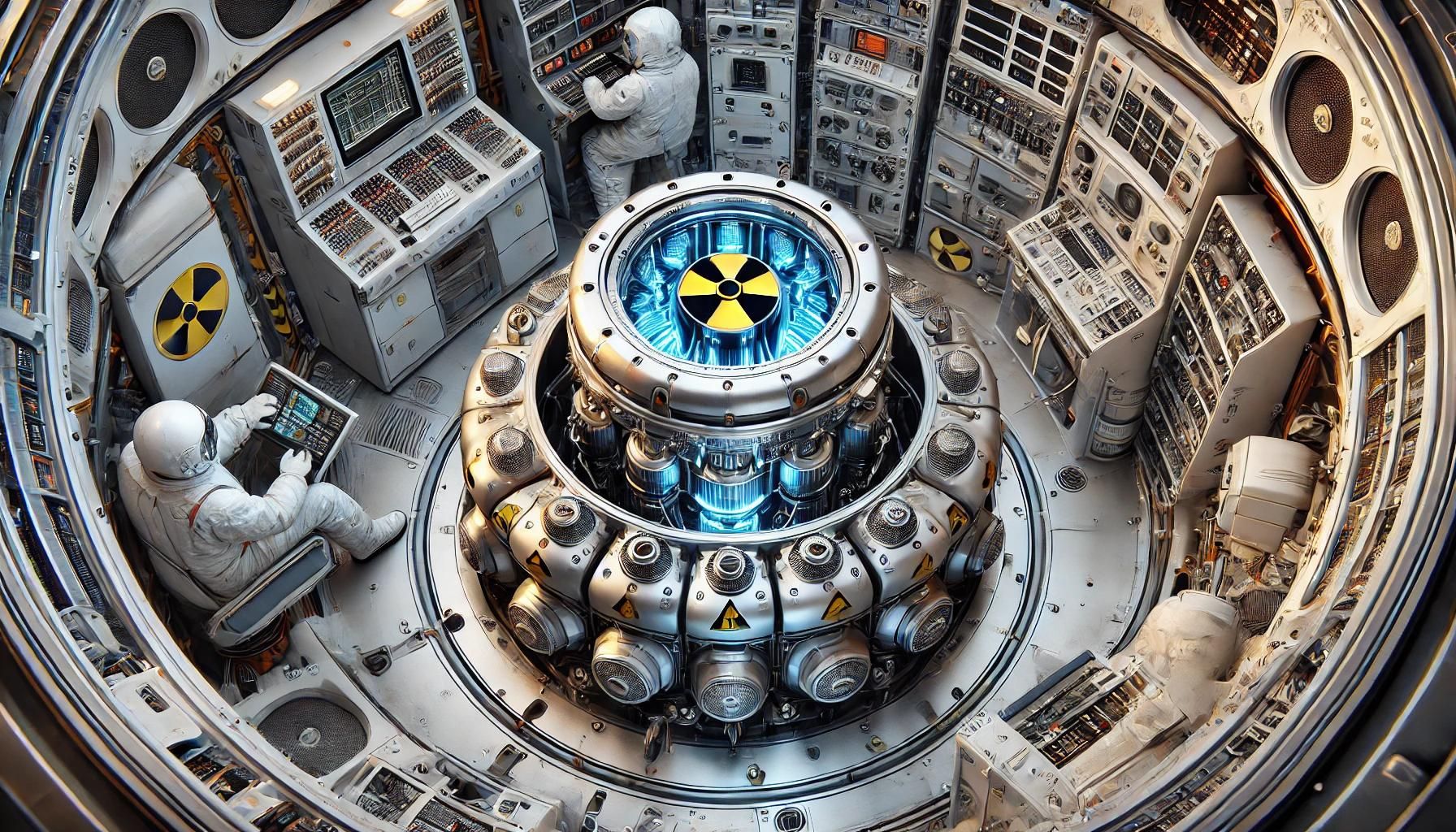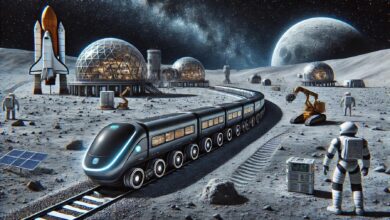The Role of Nuclear Generators on the Moon and Beyond

Nuclear generators have been a cornerstone of reliable and long-lasting power generation, especially in environments where other forms of power are impractical. As humanity sets its sights on the Moon, Mars, and beyond, the role of nuclear power in space exploration becomes increasingly critical. This article delves into the intricacies of nuclear generators, their applications on the Moon and in space, and the technological, environmental, and logistical challenges they present.
Introduction to Nuclear Generators
Nuclear generators, commonly known as nuclear reactors or radioisotope thermoelectric generators (RTGs), harness the energy released from nuclear reactions to generate electricity. These devices can provide continuous power for years without the need for refueling, making them ideal for space missions.
Types of Nuclear Generators
- Radioisotope Thermoelectric Generators (RTGs): RTGs use the heat generated from the natural decay of radioactive isotopes (typically plutonium-238) to produce electricity through thermoelectric converters. These generators have been used in numerous space missions, including the Voyager probes and the Curiosity rover on Mars.
- Nuclear Fission Reactors: Unlike RTGs, fission reactors generate power through controlled nuclear fission reactions. They can produce significantly more power than RTGs and are considered for missions requiring high energy output, such as lunar bases or Martian colonies.
The Necessity of Nuclear Power in Space
As humanity ventures further into space, the need for reliable and robust power sources becomes paramount. Solar power, while effective in certain scenarios, has limitations due to the variability of sunlight and the long lunar nights. Nuclear generators offer a continuous and dependable power supply, essential for life support systems, scientific instruments, and other critical operations.
- Lunar Applications: On the Moon, nuclear generators can provide power during the two-week-long lunar night when solar panels are ineffective. They can support habitats, research stations, and resource extraction operations.
- Martian Applications: Mars presents similar challenges with its dust storms and seasonal variations affecting solar power generation. Nuclear reactors can ensure a steady power supply, enabling long-term missions and eventual colonization.
- Deep Space Missions: For missions to the outer planets or deep space, where sunlight is too weak to generate adequate power, nuclear generators are indispensable. They can power spacecraft systems and scientific instruments for decades.
Nuclear Generators on the Moon
The Moon, Earth’s closest celestial neighbor, is the logical next step for human exploration and settlement. Establishing a sustainable presence on the Moon requires a reliable power source, and nuclear generators are poised to play a crucial role.
Challenges and Solutions
- Lunar Environment: The Moon’s harsh environment, characterized by extreme temperature variations, high radiation levels, and abrasive regolith, poses significant challenges for power generation. Nuclear reactors, with their robust construction and shielding, can withstand these conditions.
- Long Lunar Nights: The lunar night lasts about 14 Earth days, during which solar power is unavailable. Nuclear generators can bridge this gap, providing continuous power for habitats, scientific experiments, and other essential systems.
- Resource Utilization: The Moon’s surface contains valuable resources, such as helium-3 and water ice. Nuclear reactors can power space mining and processing operations, enabling the extraction and utilization of these resources to support lunar missions and potentially export to Earth.
Technological Developments
- Kilopower Reactor: NASA’s Kilopower project aims to develop small, lightweight fission reactors capable of providing up to 10 kilowatts of electrical power. These reactors are designed to be scalable, allowing multiple units to be used together for higher power demands. Kilopower reactors use highly enriched uranium fuel and a Stirling engine to convert heat into electricity.
- Lunar Surface Fission Power (LSFP): NASA is also working on the LSFP system, which is a compact, scalable fission power system designed specifically for lunar surface operations. It can operate in the harsh lunar environment and provide continuous power during the long lunar nights.
Nuclear Generators in Deep Space Exploration

Beyond the Moon, nuclear generators are essential for missions to Mars and other distant destinations in the solar system. The challenges of deep space exploration require innovative power solutions that can operate independently of solar energy.
Martian Colonies
- Powering Habitats: Establishing a human presence on Mars requires reliable power for habitats, life support systems, and scientific research. Nuclear reactors can provide this power, ensuring the safety and comfort of astronauts.
- In-Situ Resource Utilization (ISRU): Mars has abundant resources that can be utilized to support human missions, such as water ice for oxygen and hydrogen production. Nuclear power can drive the machinery needed for ISRU, making missions more sustainable and reducing reliance on Earth-based supplies.
Interplanetary Missions
- Jupiter and Beyond: Missions to the outer planets, such as Jupiter, Saturn, Uranus, and Neptune, are beyond the reach of solar power due to the vast distances from the Sun. Nuclear generators can power spacecraft systems and scientific instruments, enabling detailed exploration of these distant worlds.
- Scientific Instruments: Deep space probes often carry sophisticated instruments that require stable power sources. Nuclear generators ensure that these instruments can operate for extended periods, gathering valuable data from the far reaches of the solar system.
Environmental and Safety Considerations
While nuclear generators offer numerous advantages for space exploration, they also raise environmental and safety concerns that must be addressed.
Radiation Protection
- Shielding: Nuclear reactors and RTGs generate radiation that can be harmful to both astronauts and electronic equipment. Effective shielding is essential to protect against this radiation. Advanced materials and designs are being developed to ensure that radiation exposure is minimized.
- Waste Management: The management of nuclear waste is a critical issue. While space missions produce relatively small amounts of waste compared to terrestrial reactors, safe disposal methods must be developed to prevent contamination.
Environmental Impact
- Lunar and Martian Environments: The introduction of nuclear power systems to the Moon and Mars must be carefully managed to avoid environmental contamination. Strict protocols and safety measures are necessary to ensure that these celestial bodies remain pristine and that any waste products are safely contained.
- Ethical Considerations: The use of nuclear power in space exploration raises ethical questions about the potential impact on other worlds. As we expand our presence in the solar system, it is essential to balance the benefits of nuclear power with the responsibility to protect and preserve the environments we explore.
Future Prospects and Innovations
The future of nuclear generators in space is bright, with several innovative projects and concepts on the horizon.
Advanced Reactor Designs
- Compact Fusion Reactors: While still in the experimental stage, compact fusion reactors hold the promise of providing even greater power output with less radiation and waste compared to fission reactors. Research into fusion technology is ongoing, and successful development could revolutionize space power systems.
- Molten Salt Reactors: Molten salt reactors, which use liquid fluoride or chloride salts as a coolant, offer increased safety and efficiency over traditional reactor designs. Their potential for space applications is being explored, with the goal of developing reactors that are both lightweight and robust.
International Collaboration
- Global Partnerships: The development and deployment of nuclear generators for space exploration will benefit from international collaboration. Joint missions and shared research can accelerate technological advancements and ensure that space exploration is conducted responsibly and ethically.
- Regulatory Frameworks: Establishing international regulatory frameworks for the use of nuclear power in space is essential. These frameworks can set standards for safety, waste management, and environmental protection, ensuring that nuclear power systems are used responsibly.
Nuclear generators are poised to play a pivotal role in the future of space exploration, providing reliable and continuous power for missions to the Moon, Mars, and beyond. Their ability to operate independently of solar energy makes them indispensable for long-duration missions and operations in environments where sunlight is scarce or variable.
As we advance our technological capabilities and expand our presence in space, it is crucial to address the environmental and safety concerns associated with nuclear power. By developing robust shielding, waste management practices, and international regulatory frameworks, we can harness the power of nuclear generators responsibly and sustainably.
The promise of nuclear power in space exploration is vast, offering the potential to unlock new frontiers and enable humanity to explore the farthest reaches of the solar system. With continued innovation and collaboration, nuclear generators will be a cornerstone of our efforts to become a multi-planetary species.



